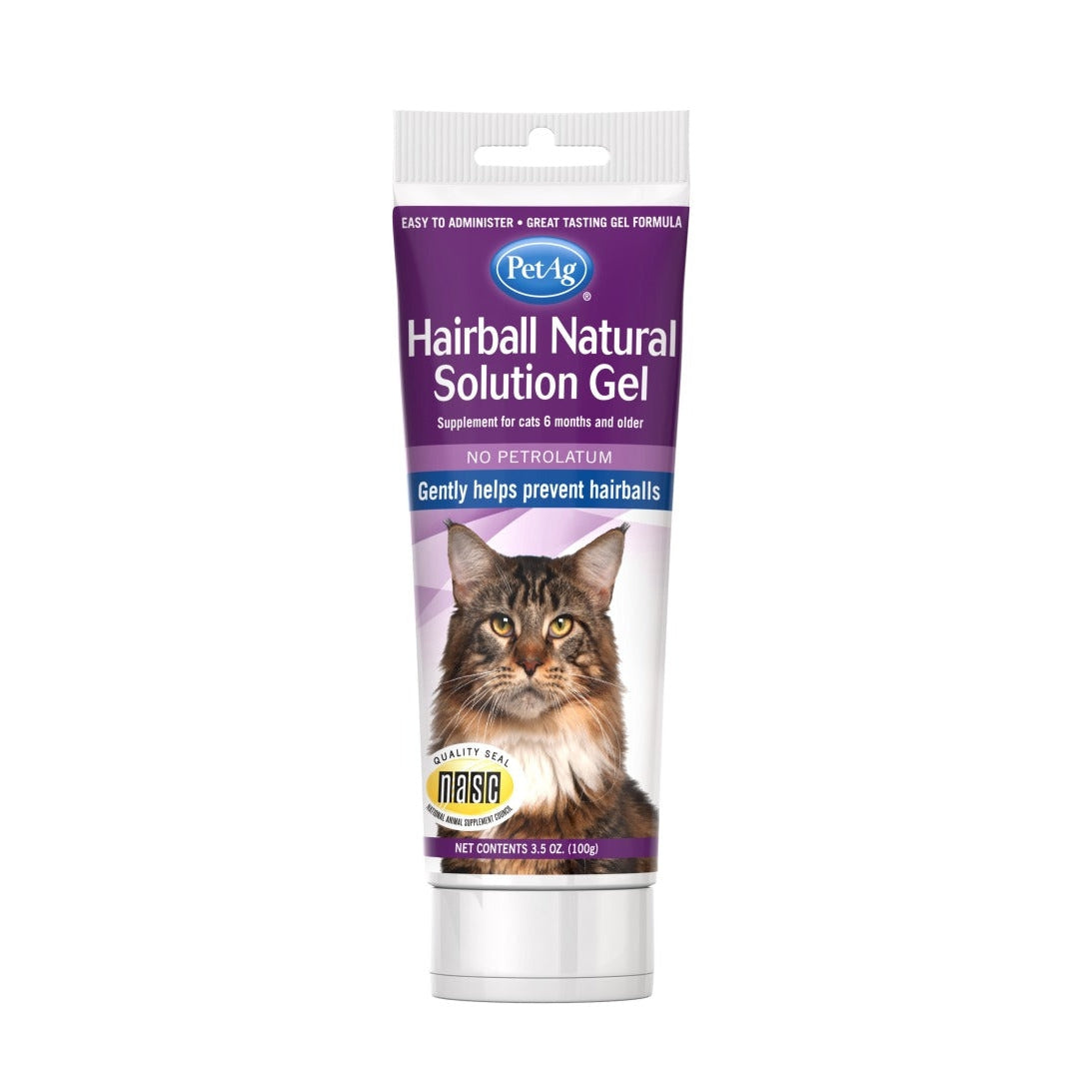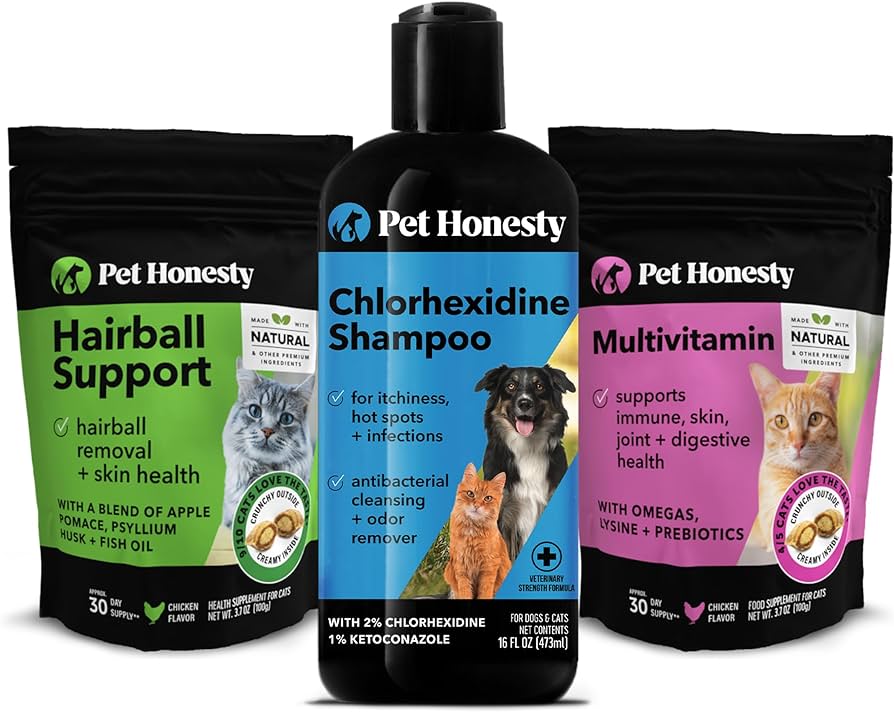To help a cat with hairballs, try giving them specialized hairball control food and regular grooming to reduce excessive shedding. Providing your cat with a hairball remedy paste can also help them pass hairballs more easily and prevent blockages.
Additionally, make sure your cat has access to fresh water and encourage them to exercise regularly to aid digestion and reduce hairball formation. Proper diet, grooming, and preventive care can greatly alleviate hairball issues in cats. As a pet owner, it can be distressing to witness your furry friend struggling with hairballs.
Hairballs occur when cats ingest fur while grooming, which then accumulates in their stomach and forms a tangled mass. While it is normal for cats to have hairballs occasionally, frequent hairballs can indicate an underlying issue. Fortunately, there are measures you can take to help your cat with hairballs. This article will cover various approaches, from specialized food to grooming techniques, that can improve your cat’s comfort and reduce the occurrence of hairballs.
Hairballs Explained: What Are They And How Do They Form?
Hairballs are a common issue faced by cats, resulting from the accumulation of hair in their digestive system. These hairballs form when cats groom themselves and swallow loose hair. As the swallowed hair cannot be digested, it collects in the stomach and forms into clumps.
There are several factors that contribute to hairball formation, including the length and type of a cat’s fur, as well as their grooming habits. Cats with longer fur are more prone to hairballs, as they tend to swallow more hair during grooming.
Similarly, cats that groom themselves excessively or have underlying digestive issues are at a higher risk. Regular brushing and grooming can help minimize hairballs by reducing the amount of loose hair that cats ingest. Additionally, providing a cat with a balanced diet and incorporating hairball remedies can aid in the prevention and treatment of hairballs.
Common Symptoms Of Hairballs In Cats
Cats can often experience hairballs, which can cause discomfort and potentially lead to more serious health issues. Recognizing the signs of hairballs in your cat is essential for their well-being. Common symptoms include frequent vomiting, retching, lack of appetite, constipation, and the presence of hair in the vomit or stool.
It can be challenging to differentiate hairball-related symptoms from other health issues, so it’s crucial to observe your cat’s behavior and consult a veterinarian if necessary. Early detection and treatment are vital in preventing complications. Regular grooming, such as brushing your cat’s fur to reduce excessive shedding, can help minimize the risk of hairballs.
Additionally, providing a high-fiber diet or specialized cat food designed to prevent hairballs can aid in their digestion. By taking proactive measures and addressing hairball-related symptoms, you can ensure your cat’s health and well-being.
Diet And Nutrition For Hairball Prevention
Caring for your cat’s digestive health is important when it comes to preventing hairballs. Choosing a cat food that promotes good digestion can significantly help reduce hairball formation. Consider incorporating dietary supplements into your cat’s diet as they can aid in minimizing the occurrence of hairballs.
Additionally, there are specialized cat treats available that are formulated to control hairballs. These treats work by assisting in the removal of hair from your cat’s digestive system. By following these recommendations and making appropriate dietary choices, you can help your cat with hairball problems.
Taking steps to address their nutritional needs will ensure your feline friend stays healthy and hairball-free. Remember to consult with your veterinarian to determine the best approach for your cat’s specific needs.
Grooming Techniques To Minimize Hairball Risk
Grooming your cat regularly is essential to minimize the risk of hairballs. Brush your cat’s fur gently to remove loose hair. Use the right type of brush depending on your cat’s coat. Different cat breeds have different grooming needs. Understand your cat’s specific requirements and establish a grooming routine accordingly.
Regular brushing not only reduces hairballs but also promotes healthy skin and a shiny coat for your furry friend. Don’t forget to give your cat some extra love and attention during the grooming sessions. Show your care by providing a relaxing and comfortable environment.
By following these simple grooming techniques, you can help your cat with hairball issues and ensure their overall well-being.
Home Remedies And Quick Relief For Hairball Discomfort
Hairballs can be uncomfortable for our feline friends, but there are home remedies that can provide quick relief. Natural remedies such as pumpkin puree or a little bit of butter can help stimulate hairball elimination. Safe and effective lubricants, like petroleum jelly or commercial hairball remedies, can provide immediate relief for your cat.
Another technique to assist in the hairball elimination process is gentle brushing to prevent excessive shedding and the ingestion of hair. Regular grooming and a balanced diet can also help reduce the frequency of hairballs. By taking these simple steps, you can help your cat with hairball discomfort and improve their overall well-being.

Credit: www.myanimaldispensary.com
Determining When Your Cat Needs Veterinary Assistance
Determining when your cat needs veterinary assistance is crucial when dealing with hairballs. Red flags to watch out for include excessive coughing and gagging, along with difficulty in swallowing. If your cat’s appetite decreases or if they show signs of weight loss, it may be time to seek medical attention.
Potential complications from hairballs, such as vomiting or constipation, may require professional guidance from a veterinarian. Additionally, if your cat is lethargic or shows distress after trying to eliminate a hairball, it is best to consult a professional. Remember, the well-being of your feline friend is essential, so monitor their behavior closely and don’t hesitate to reach out for expert advice if necessary.
Medical Treatments For Chronic Hairball Issues
Chronic hairball issues in cats can be managed through medical treatments, including prescription medications that alleviate hairball symptoms. These medications help to ease the discomfort associated with hairballs and promote their passage through the digestive system. Additionally, interventions aimed at addressing underlying digestive issues can also be beneficial for cats experiencing chronic hairball problems.
Identifying and treating any digestive imbalances or sensitivities can minimize the occurrence of hairballs. In extreme cases where hairballs become a recurring problem, surgical options may be considered. Surgical procedures can help to remove large hairballs or address any structural abnormalities that may be contributing to the issue.
Overall, a combination of medical treatments, digestive interventions, and surgical options can help cats with chronic hairball issues find relief and improve their overall wellbeing.
Frequently Asked Questions On How To Help Cat With Hairball
How Do I Know If My Cat Has A Hairball?
If your cat is constantly coughing or gagging, has decreased appetite, or is vomiting hairballs, it’s likely he has a hairball. Keep an eye on his litter box to see if he’s passing them and consult your veterinarian if you have concerns.
What Causes Hairballs In Cats?
Hairballs are caused by cats grooming themselves and ingesting loose hair. The hair accumulates in their stomach and forms a clump that they eventually vomit. Regular brushing can help reduce hairballs by removing loose fur and preventing excessive grooming.
How Can I Help My Cat With Hairballs?
To help your cat with hairballs, you can brush him regularly to remove loose hair before he ingests it. Offer a specialized cat food that contains fiber to aid in digestion and hairball elimination. Consult your vet for specific recommendations based on your cat’s needs.
Conclusion
Helping your cat with hairballs can be a simple task with the right approach. By understanding the causes and symptoms, you can take preventative measures and provide relief when necessary. Regular grooming, a balanced diet, and encouraging hydration are key strategies to reduce hairballs.
Additionally, using hairball remedies and lubricants can help ease the passage of hair through the digestive system. It’s important to monitor your cat’s behavior and consult a veterinarian if necessary. Remember to be patient and consistent in your efforts, as it may take time to find the most effective solution for your furry friend.
By following these guidelines and providing proper care, you can assist your cat in keeping hairballs at bay and promoting their overall health and happiness.



